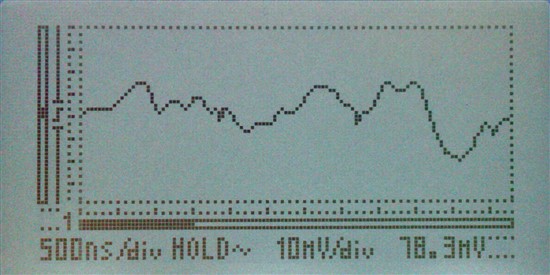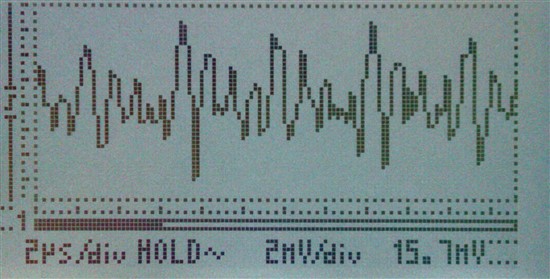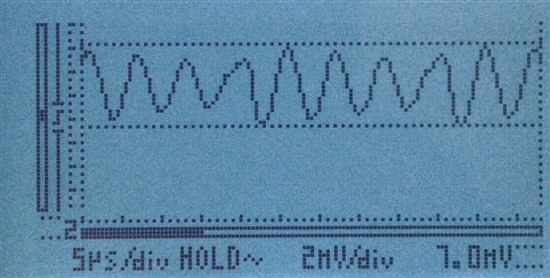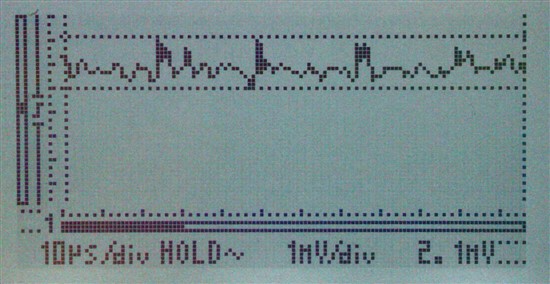Hi all,
we are using a INA331 in an electrical measurement device. The INA331 is used to condition the input signal for ADC input with a total output range of 0-2.38V having 1.19V as reference and zero point.
The voltages to be measured (between P5 and P6) are from -4.6V to +4.6V, AC (20-400Hz) or DC.
The following problem occurs: when using external resistors for setting the gain (see basic connections drawing R1 and R2) the INA has a high output noise of about 50mV which means 2% of output range! The noise is independent from the gain level and even occurs at the default gain level of 5.
When the fixed gain of 5 is used by setting R1 to open and R2 to short, the noise is completely gone.
The noise seems not to be coming from the reference side, because when R1 is open and R2 is at 110k, the noise also occurs.
In our application, the gain level shall be switched via a 4066 switch by setting different values at R1, having 3 levels of gain.
Please see our schematic. Gain configuration is done by R14 and R15 (for fixed gain) as well as R26 and R27 (alternatively, switched by the 4066 switch IC8)
Thanks for any help!
Christian





















